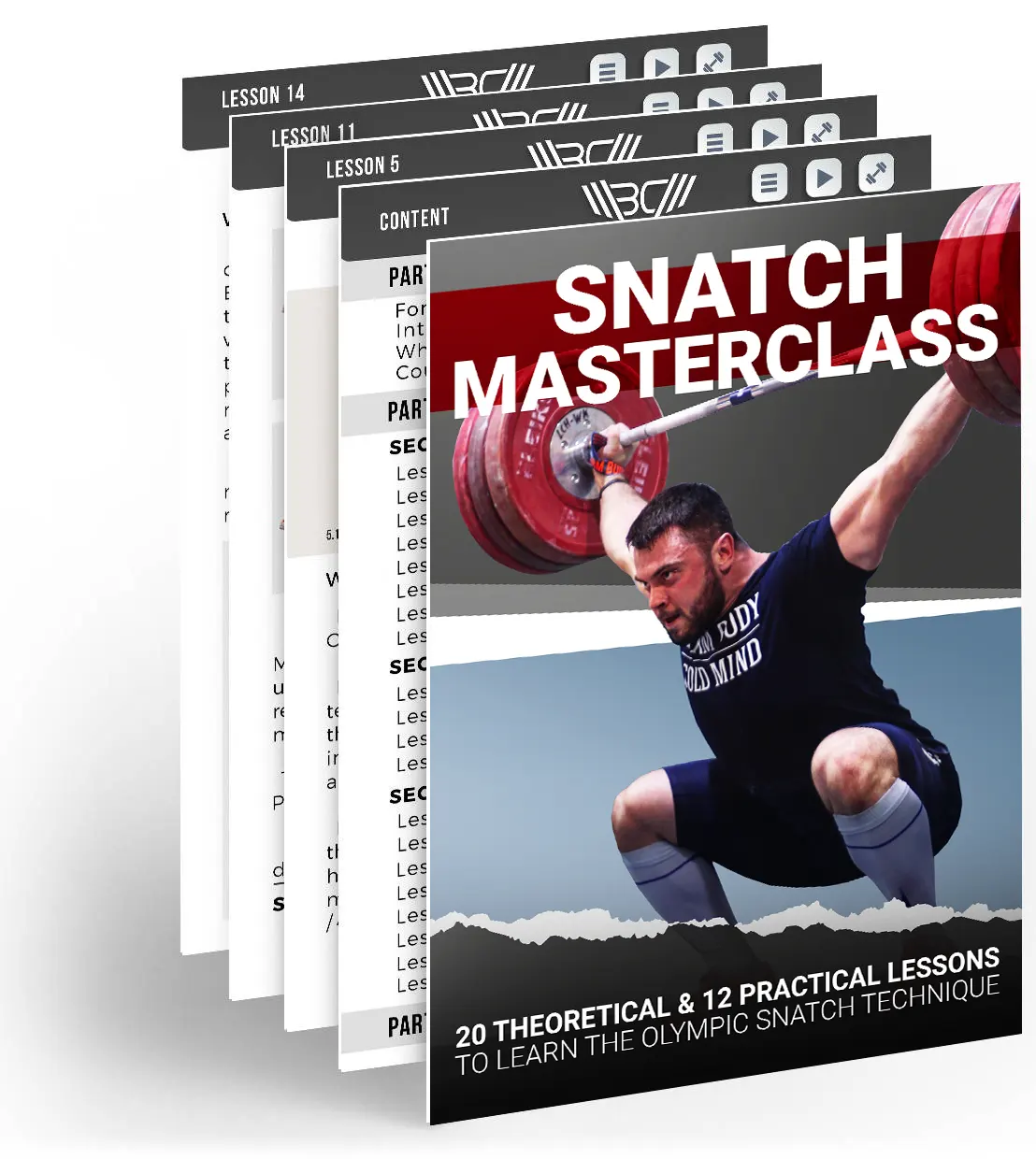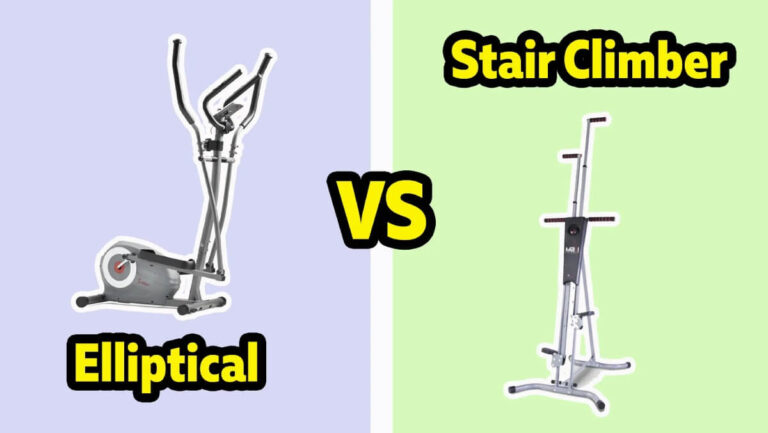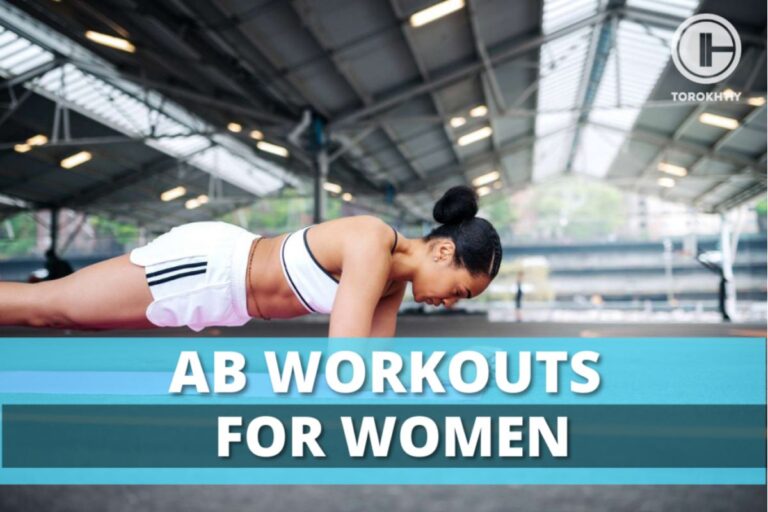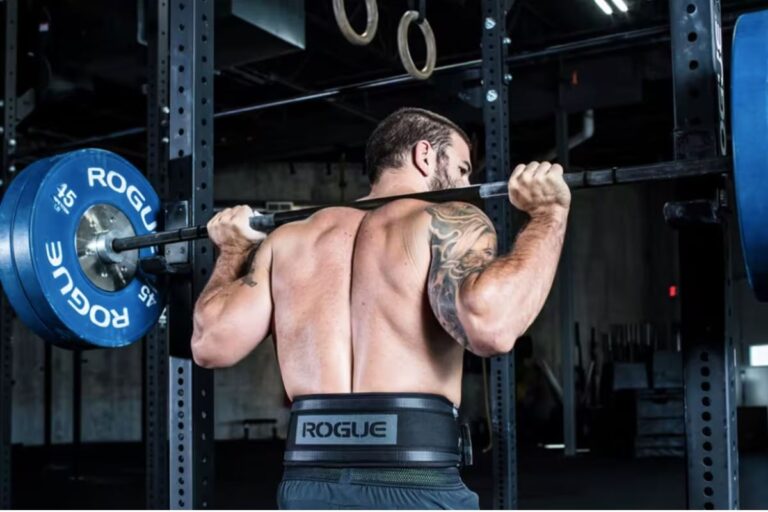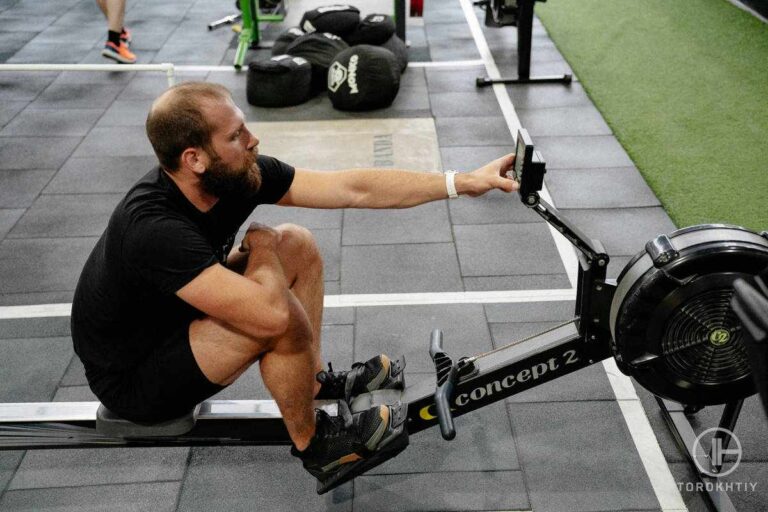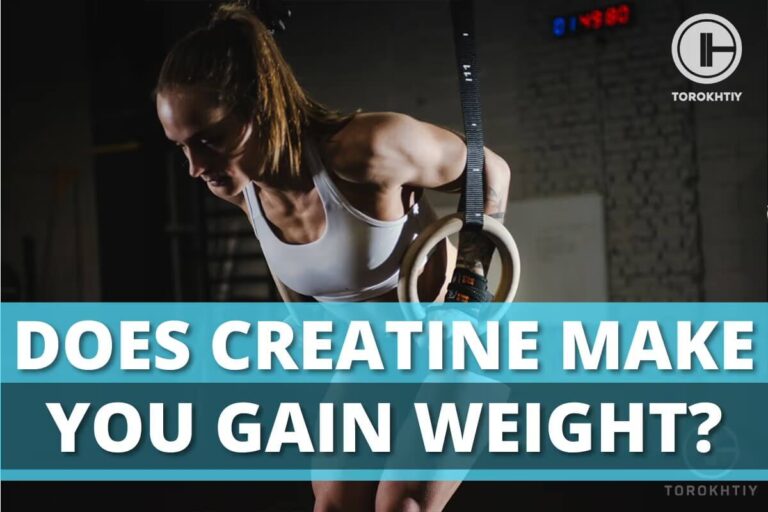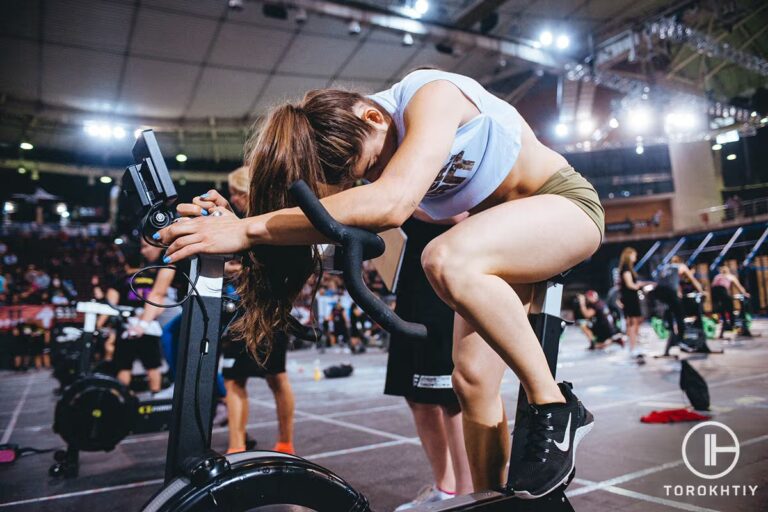The Snatch Turnover Theory
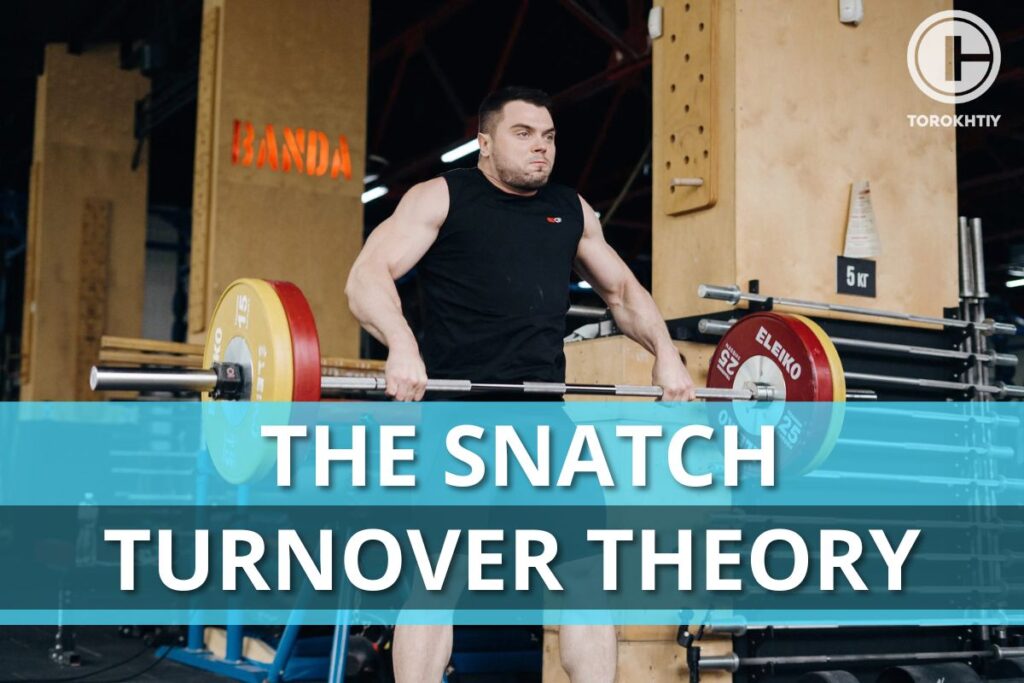
Turnover is the movement of the body under the bar which begins from the moment when the body is fully extended (A) and lasts until the moment when the bar has reached its maximum height (E).
The duration of this movement is approximately:
- 0.25 to 0.30 seconds for professional athletes
- 0.4 to 0.7 seconds for beginners.
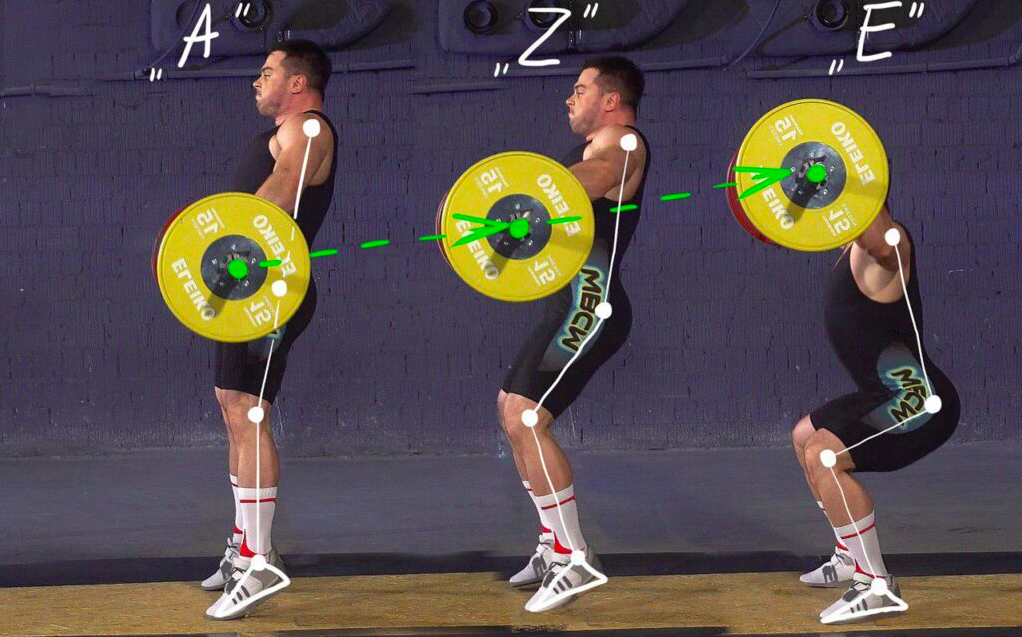
A shorter duration gives us the ability to catch a heavier bar.
To shorten the time, we should:
- Understand what happens with our body and the bar during the Snatch Turnover.
- Practice with the PVC to build this skill.
In this article, we will focus on the first part:
Part 1: UNDERSTANDING
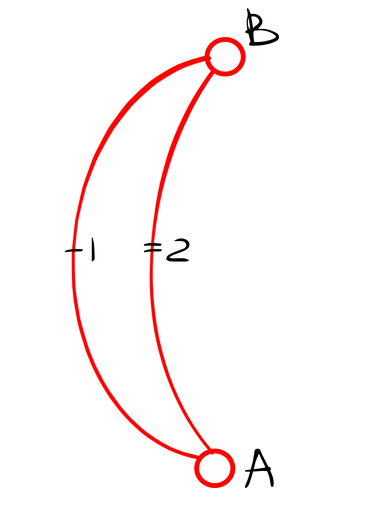
On the picture #1, we have point “A” and point “B”. If we want to move something from point “A” to point “B”, we can do this in many different ways, but let’s imagine that we have only two options:
option #1 and option #2.
I have two easy questions:What do you think? Which way is shorter? #1 or #2?
- Moving at the same speed, which way will be faster? #1 or #2?
Of course, I am exaggerating here, but now you will understand what I mean.
- Point “A” is the Power Position.
- Point “B” is the Overhead Position.
- Option #1 and option #2 are trajectories of the bar during Snatch Turnover.
Based on this, you should know that keeping the bar closer to the body as in option #2 makes the Snatch Turnover shorter and faster (VIDEO).
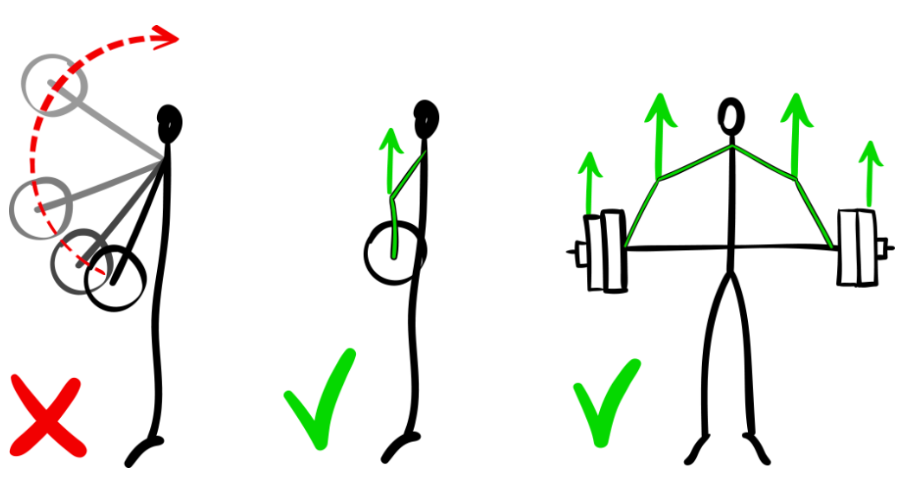
Knowing all of this, let’s look at picture #2 and talk about the Catch Position.
In this picture, you can see two stick men with right and wrong bar trajectories.
Stickman #1 keeps the bar far away from the body which means it spends more time on the turnover. More importantly, when it tries to catch and stop the bar overhead, the bar, by inertia, continues to move backward.
Because of this our stickman will probably lose the bar as we often see in the gyms.
🔻THE OLYMPIC SNATCH MASTERCLASS
🏋️ Elevate Your Snatch Game with the Snatch Masterclass! 🚀
Master the Olympic Snatch in easy steps:
- 🧠 20 In-Depth Lessons
- 💪12 Hands-On Practice Sessions
- 📽️ 55 Video Tutorials
- 🔥28 Exclusive Snatch Tips
Unleash Your Potential:
- 🔓 Lifetime Access
- 🏆 Bonus: 3-week Snatch Program
Don’t just lift; dominate the Snatch! Join now! 🥇🔥
So now what should we do to avoid these mistakes?
ANSWER: After Power Position we should bend our arms directing the elbows straight up, which will enable us to keep the bar close to the body.
Perhaps someone did not know this nuance, but subconsciously always did just that and performed this phase of the Snatch. And for some it was extremely important and useful information that answered the question that I hear very often: how can I achieve stability and confidence in the catching position in snatch.
Next time I will pay more attention to the practical aspect of this problem. This topic and many others you can read in my Snatch Masterclass (20 step-by-step lessons).
TRAIN TOGETHER – TRAIN RIGHT!
You might be interested in:
Why Trust Us?
With over 20 years in Olympic Weightlifting, our team does its best to provide the audience with ultimate support and meet the needs and requirements of advanced athletes and professional lifters, as well as people who strive to open new opportunities and develop their physical capabilities with us.
By trusting the recommendations of our certified experts in coaching, nutrition, dietology, and sports training programming, as well as scientific consultants, and physiotherapists, we provide you with thorough, well-considered, and scientifically proven content. All the information given in the articles concerning workout programming, separate exercises, and athletic performance, in general, is based on verified data. We ensure that you can rely on our professionals’ pieces of advice and recommendations that can be treated as personalized ones which will benefit you and fully meet your needs.
The product testing process is described in more detail here
Author: Sergii Putsov
Head of Sport Science, PhD
Best Results: Snatch – 165 kg,
C&J – 200 kg
Sergii Putsov, Ph.D., is a former professional weightlifter and National team member, achieving multiple medals in the 94 kg weight category at national competitions. With a Master’s degree in “Olympic & Professional Sport Training” and a Sport Science Ph.D. from the International Olympic Academy, Greece, Sergii now leads as the Head of Sport Science. He specializes in designing training programs, writing insightful blog articles, providing live commentary at international weightlifting events, and conducting educational seminars worldwide alongside Olympic weightlifting expert Oleksiy Torokhtiy.

